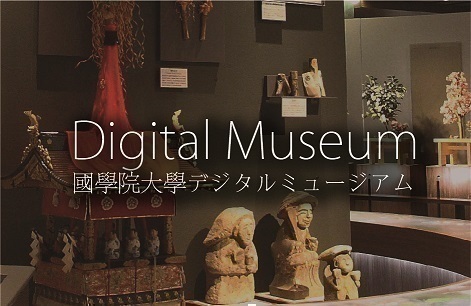- トップ
- Encyclopedia of Shinto
- Sendatsu
Encyclopedia of Shinto
| Main Menu: | |
| Links: |
詳細表示 (Complete Article)
| カテゴリー1: | 6. Belief and Practice |
|---|---|
| カテゴリー2: | Associations and Organizations |
| Title | Sendatsu |
| Text | Originally this indicated advanced practitioners of various studies, arts and crafts, and ascetic practices; however, from the end of the Heian period it came to indicate religious practitioners who acted as guides, leading believers to holy mountains and shrines and temples. After the middle of the Heian period, Kumano visitation, which attracted the nobility, became popular and at that time the sendatsu title started. It was at Kumano that the teacher/patron relationship, which depended on three people: the oshi (teacher), the sendatsu, and the patron, was created. The sendatsu collected written prayer requests (kiganmon) for the oshi, and he also carried out the role of guiding patrons who came from the area or lived close to the lodgings operated by the oshi. Also, at the same time, while he was leading the way to the visitation, he acted as a guide and teacher concerning things like devotional diet, purification, banner offerings, and food offerings. He also carried out the function of answering the visitor's religious questions. At the end of the medieval period, the range of patrons expanded to local warrior society and even to the farming class. Not only did the sendatsu lead the patrons, he hastened the spread of the worship (kanjō) of Kumano Sanzan to various places and this amounted to a serious influence on folk beliefs. Furthermore, the oshi had the rights to board and pray for specific patrons and the sendatsu had the rights to receive guide fees and "first ears of grain" fees. These rights were called the oshi franchise (shiki), the lodging franchise, the patron franchise, and the sendatsu franchise, and as officially recognized rights (kabu) they received legal protection. For that reason, the oshi franchise and the sendatsu franchise were looked upon as a rights of property and from the second half of the fourteenth century up to the fifteenth century it became common among oshi to have these things bought and sold, or pawned. Concurrent with the movement of wealth to powerful oshi, sendatsu also appeared who had several sendatsu of their own as their subordinates. Gradually, Kumano beliefs went into decline, and under these circumstances, the Buddhist temple Shōgoin of the Jimon branch of the Tendai sect, placed the groups of powerful sendatsu under its jurisdiction. In the provinces it created the Honzan faction, which subordinated all dispersed sendatsu and village yamabushi. The sendatsu franchises that can be seen in the Honzan faction's opening period are small scale and have a strong local character. In the early modern period, sendatsu appeared who controlled one or two province "kasumi" (territories). However, a powerful force opposing them included Mount Yoshino's Sakura Honbō, Hōryūji, and Mount Kōya's Kongōbuji. From among this opposition, with the Shingon sect as their center, some sendatsu calling themselves the group of thirty-six true great sendatsu, formed the Tōzan branch. In every locale they spread their teacher/disciple relationship they called the kesasuji. Finally, as for sendatsu other than those related to the system of sendatsu franchises, there were those who did mineiri (mountain rituals) repeatedly and were sendatsu based on that function and the extent of their experience. — Iwai Hiroshi |




